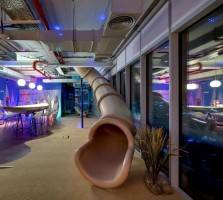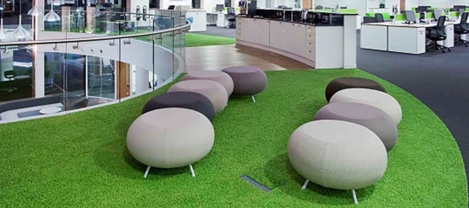September 29, 2015
Fifth of employers not productive enough to afford Living Wage warns CIPD 0
 Although the UK has experienced two years of solid economic growth, a fifth (21 percent) of organisations are still stuck in survival mode and aren’t making the necessary investments in equipment or people to boost their productivity a new report from the CIPD has revealed. A further 29 percent of employers are failing to get the right balance between investment in their workforce and investment in technology and equipment. Investing in Productivity found a clear link between an organisation’s mindset and its approach to investment, which could help to explain the UK’s poor productivity performance in recent years. The CIPD’s chief economist Mark Beatson warns that too many businesses are being held back by an ‘ambition ceiling’ which is preventing them from making the productivity gains needed to achieve business growth and implement the new National Living Wage without risk of job cuts.
Although the UK has experienced two years of solid economic growth, a fifth (21 percent) of organisations are still stuck in survival mode and aren’t making the necessary investments in equipment or people to boost their productivity a new report from the CIPD has revealed. A further 29 percent of employers are failing to get the right balance between investment in their workforce and investment in technology and equipment. Investing in Productivity found a clear link between an organisation’s mindset and its approach to investment, which could help to explain the UK’s poor productivity performance in recent years. The CIPD’s chief economist Mark Beatson warns that too many businesses are being held back by an ‘ambition ceiling’ which is preventing them from making the productivity gains needed to achieve business growth and implement the new National Living Wage without risk of job cuts.













 The Government is being urged to reassess its plans to request an opt-out from the EU Working Time Directive, when it seeks to renegotiate the terms of the UK’s membership of the EU. The Directive stipulates a 48 hour working week, which the Government has argued is stifling competitiveness and flexibility. According to research by
The Government is being urged to reassess its plans to request an opt-out from the EU Working Time Directive, when it seeks to renegotiate the terms of the UK’s membership of the EU. The Directive stipulates a 48 hour working week, which the Government has argued is stifling competitiveness and flexibility. According to research by 

















September 28, 2015
A review of the CIFF office design show 2015 in Shanghai 0
by John Sacks • Comment, Events, Furniture, Workplace design
(more…)